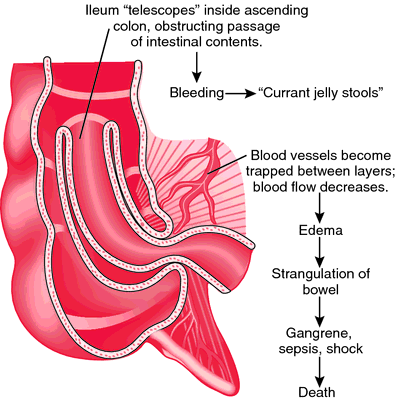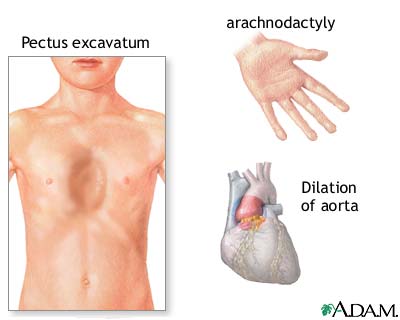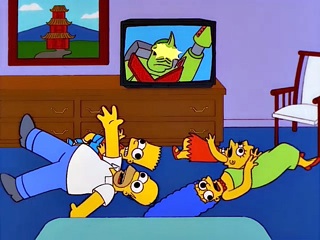- Release of NE, blocks NE reuptake
- Release & reuptake blockade of serotonin and dopamine
- Na channel blockade – local anesthetic effect
- Fat soluble - crosses blood brain barrier
- Stimulates CNS, especially limbic system, which potentiates dopaminergic transmission - pleasurable behavioral effects
- REMINDER: don't treat with a beta-blocker (shunts to unopposed alpha receptors)
NOTABLE NUMBERS:
Route | Onset | Peak(min) | Duration(min) | Half-life (min) |
Inhalation | 7s | 1-5 | 20 | 40-60 |
IV | 15s | 3-5 | 20-30 | 40-60 |
Nasal | 3min | 15 | 45-90 | 60-90 |
Oral | 10min | 60 | 60 | 60-90 |
DEATH BY...
- Tachydysrhythmias cause most non-traumatic deaths
- Stroke
- SAH
- Hyperthermia
- MI (acute vasospasm, dysrhythmia, chronic accelerate atherogenic disease)
HEART BREAKER:
- Patients with cocaine-related MI often have fixed atherosclerotic lesions.
- Cocaine can induce increased heart rate and BP, resulting in increased myocardial oxygen demand.
- effects of cocaine also include myocarditis and dilated cardiomyopathy.
10-SECOND RECAP:
--stims norepi, serotonin, dopa release, blocks reuptake; also Na+ channel blocker
--DON'T treat with beta-blocker (unopposed alpha-receptor action)
--inhaled/IV works in seconds, nasal/oral works in minutes, lasts hour(s)
--sympathomimetic response, and resulting problems (dysrhythmias, MI, stroke, SAH, hypertherm, etc.)
--say NO to drugs.
Submitted by J. Gullo.
Reference(s): emedicine.com: cocaine toxicity in emergency medicine, picture
















